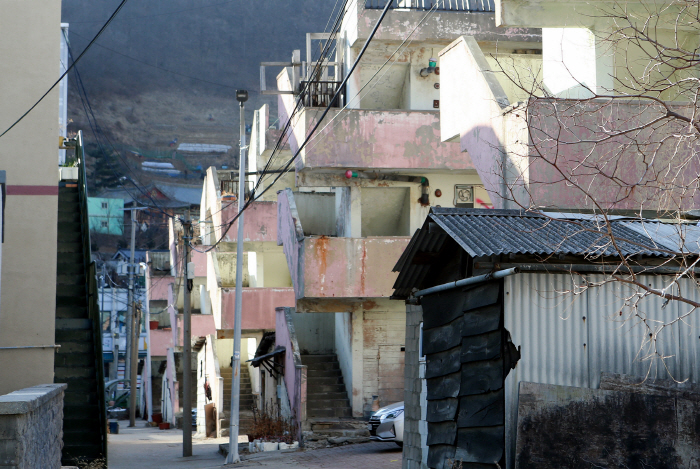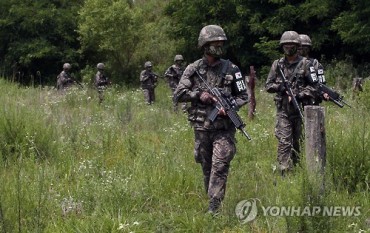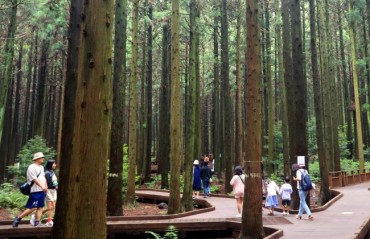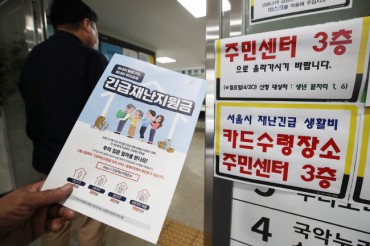TAEBAEK, Mar. 14 (Korea Bizwire) — Jangseong-dong in Taebaek, Gangwon Province, once a bustling mining town now left abandoned, is returning as a testbed for urban regeneration.
Various regeneration projects are being prepared at the old town to revive the local economy that once depended on the coal industry.
Taebaek city officials flew out of South Korea on Wednesday to study foreign cases of urban regeneration in Germany and the Netherlands over the next 10 days.
The team will also be visiting the Zollverein Coal Mine Industrial Complex, located in Essen, Germany, known as one of the most successful cases of urban generation.
The South Korean government designated the Jangseong-dong area as the testbed for its urban regeneration project under the name ‘Eco Job City Taebaek’.
The project, led by the Mine Reclamation Corp., will invest 227 billion won (US$200 million) to boost local economy over the next six years.
This is the third urban regeneration project to be conducted in Jangseong-dong. Once a symbol of the coal industry in South Korea, it was home to more than 6,000 miners in the early 1980s.
Now, there are only 900 miners left, ever since coal production entered its phase of demise in 1989.
“It breaks my heart to see the once bustling streets of Jangseong now left hollow and abandoned,” said Hwang Bok-yeong, director of Jangseong Mining Station.
Taebaek previously invested 5.6 billion won (US$4.9 million) from 2013 to 2017 to renovate the old district and embarked on a new project last year that will invest 49.2 billion won (US$43.4 million) in Jangseong-dong over the next two years.
Not all, however, are excited for the upcoming projects. “Expanding the roads and planting flowers in the streets won’t bring the people back,” said one local resident.
During the last five years of urban regeneration efforts, the population of Jangseong-dong has shrunk by more than 20 percent.
“It is just very difficult to compare the old mining towns in Gangwon Province with Zollverein and other successfully regenerated towns overseas, because the population in the surrounding areas, infrastructure, and other factors are so different,” said Won Ki-jun, director of the Institute for Social Studies of Mining Area.
“Not seeing the forest for the trees will only repeat the failures we’ve already experienced before.”
Old mining towns in Gangwon Province first embarked on regeneration projects in the 1990s based on the successful case of Yubari in Hokkaido, Japan.
Between 1997 and 2016, the mining towns have spent more than 2.7 trillion won (US$2.3 billion) of public funds for regeneration.
The population, however, has dropped by 22 percent over the same period, inviting criticisms that the regeneration projects have failed to achieve economic revival.
Ashley Song (ashley@koreabizwire.com)







